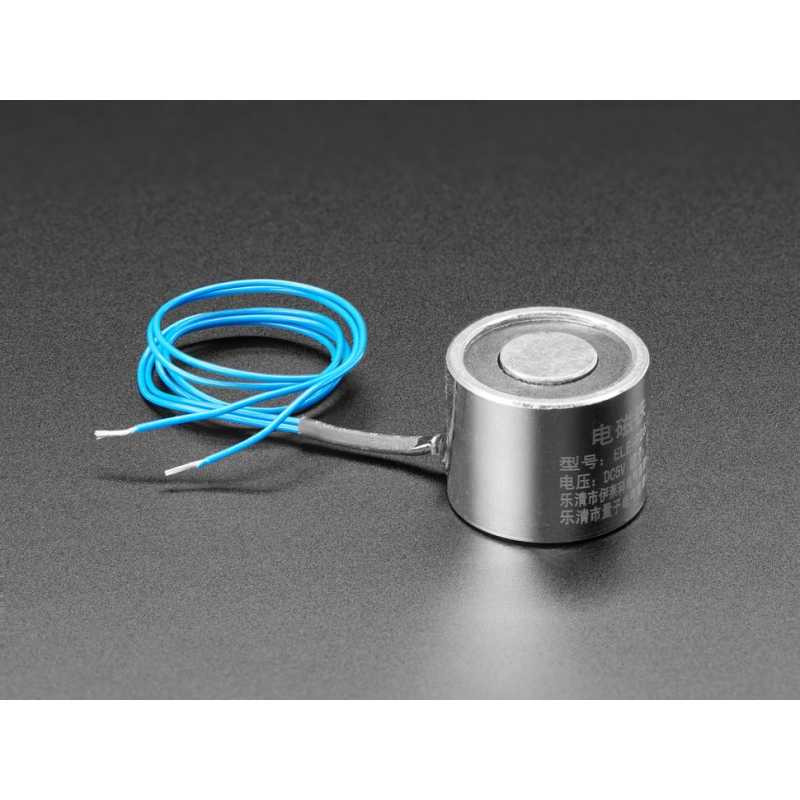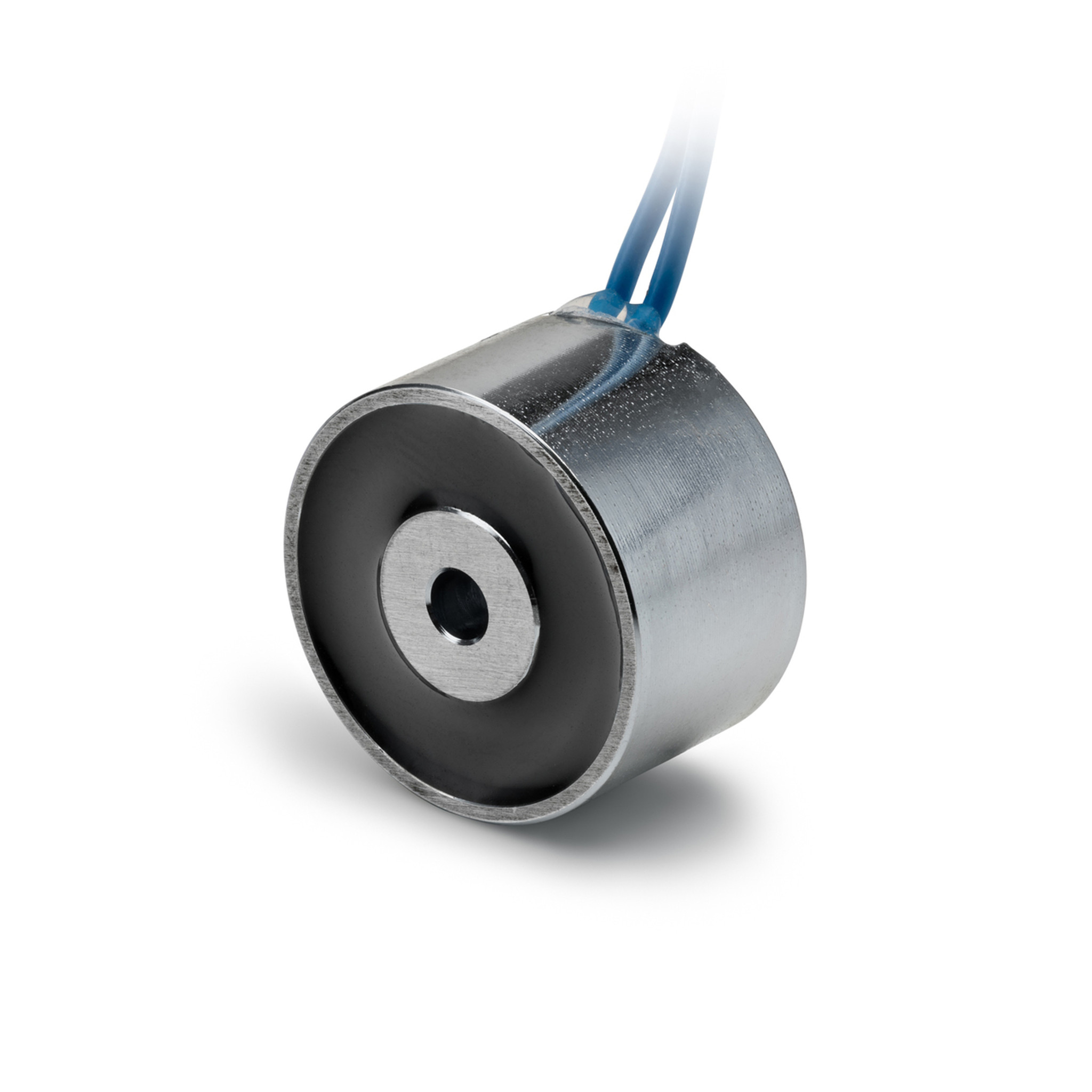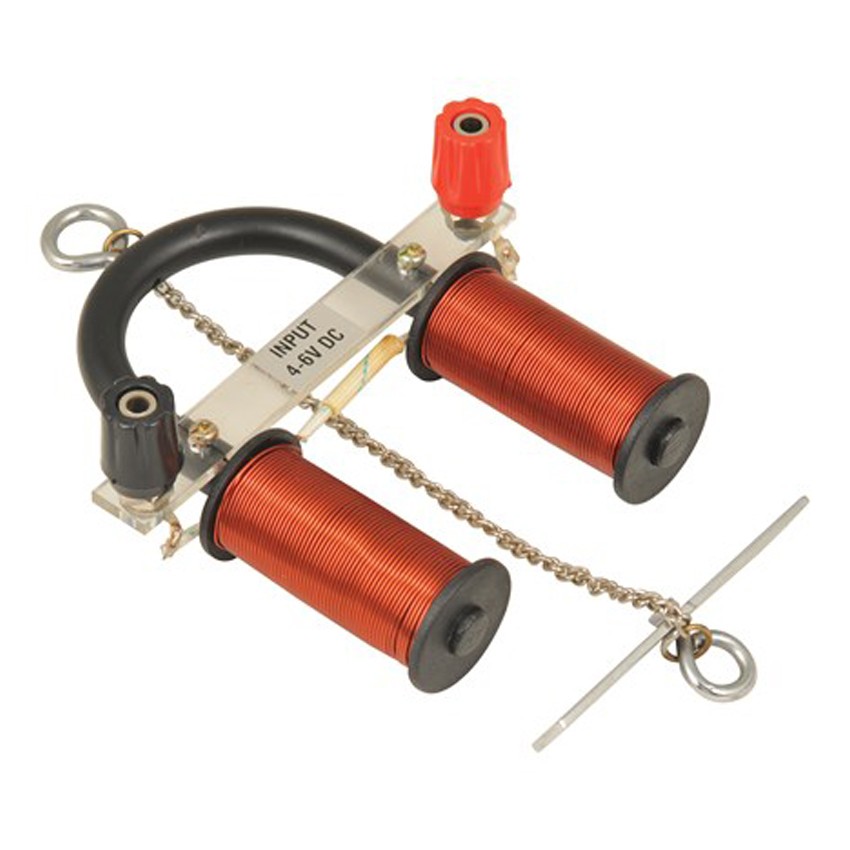

This effect will increase for longer gaps rough corrections can be made for taking the fringing effect into account. Thus the flux density, which is proportional to the number of lines of force per unit area, will be reduced in the air gap by the lines bulging out, or fringing, at the sides of the gap. Conversely, the lines of force passing from a region of high to one of low permeability tend to spread out, and this occurrence will take place at an air gap. The effect of a permeable medium on a magnetic field can be visualized as being to crowd the magnetic lines of force into itself. Several assumptions involved in this type of calculation, however, make it at best only an approximate guide to design. These concepts can be employed to calculate the reluctance of a magnetic circuit and thus the current required through a coil to force the desired flux through this circuit.

The units of reluctance are ampere-turns per weber. Reluctance is obtained by dividing the length of the magnetic path l by the permeability times the cross-sectional area A thus r = l/μA, the Greek letter mu, μ, symbolizing the permeability of the medium forming the magnetic circuit. In the magnetic circuit F = rϕ, where r is the reluctance of the magnetic circuit and is equivalent to resistance in the electric circuit.

In an electric circuit the electromotive force ( E) is related to the current, i, in the circuit by E = Ri, where R is the resistance of the circuit. In the magnetic circuit the magnetic equivalent to current is the total flux symbolized by the Greek letter phi, ϕ, given by BA, where A is the cross-sectional area of the magnetic circuit. The magnetic flux density B is the equivalent, in the magnetic circuit, of the current density in an electric circuit. More conveniently, the magnetomotive force is Ni, where N is the total number of turns in the coil. Thus, if a coil of n turns per metre carries a current i amperes, the field inside the coil is ni amperes per metre and the magnetomotive force that it generates is nil ampere-turns, where l is the length of the coil. In the magnetic circuit a magnetomotive force F, or Fm, is defined as the ampere-turns of the coil that generates the magnetic field to produce the magnetic flux in the circuit. The engineering design of electromagnets is systematized by means of the concept of the magnetic circuit.

An electromagnet is used wherever controllable magnets are required, as in contrivances in which the magnetic flux is to be varied, reversed, or switched on and off. SpaceNext50 Britannica presents SpaceNext50, From the race to the Moon to space stewardship, we explore a wide range of subjects that feed our curiosity about space!Įlectromagnet, device consisting of a core of magnetic material surrounded by a coil through which an electric current is passed to magnetize the core.Learn about the major environmental problems facing our planet and what can be done about them! Saving Earth Britannica Presents Earth’s To-Do List for the 21st Century.Britannica Beyond We’ve created a new place where questions are at the center of learning.100 Women Britannica celebrates the centennial of the Nineteenth Amendment, highlighting suffragists and history-making politicians.
#ELECTRO MAGNET HOW TO#


 0 kommentar(er)
0 kommentar(er)
